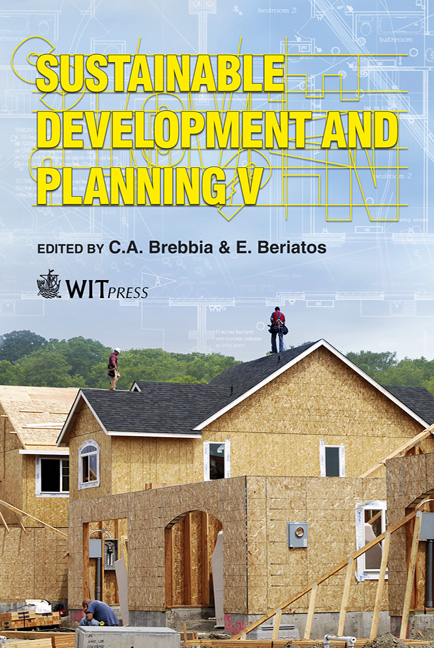Conceptual Spatio-temporal Data Modelling And Land Use Change
Price
Free (open access)
Transaction
Volume
150
Pages
12
Page Range
109 - 120
Published
2011
Size
5,115 kb
Paper DOI
10.2495/SDP110101
Copyright
WIT Press
Author(s)
L. A. Beser de Deus, L. F. C. F. Silva & M. A. V. Freitas
Abstract
Space and time are fundamental elements that enable us to understand the phenomena evolution. There are several applications and studies demands that require both concepts: the development and the evolution of areas, the occupation and land use, the search and research for elements and the geographic features modified by the landscape, landscape alterations caused by earthworks, rectification of the hydrography, city planning, etc. Space-time studies are essential to establish the understanding of such evident integration of these two terms, frequently analyzed in a disconnected and isolated way. Nowadays, most of the GIS – Geographic Information Systems – available consider the entities representation in only one instant of time, usually the present. The main subject on the association of geographical data with time is not due to its modification or update, but for the possibility to register past states. Moreover, specifically about GIS, to use it as a technological instrument for accomplishment of space-time analysis, and not only \“space” as it is being used thoroughly. This kind of analysis is only possible within the implementation of spatio-temporal models that consider not only apparent entities and its geometrical shapes, but its processes and transformations. In this context, a bibliographic review in the scientific literature was made to establish the state of art on the temporal characteristics that allowed the structuring of a conceptual space-time model using geographical and historical data for structuring of a TGIS (Temporal GIS). TGIS will support studies aimed at understanding the changes of land use, transformations of public spaces in urban areas. This can be applied to a project which has been developed at the Military Institute of Engineering in a park called Campo de Santana (Guanabara Bay Basin), located on Republic Square,
Keywords
GIS, conceptual model, spatio-temporal applications, land use change, city planning





